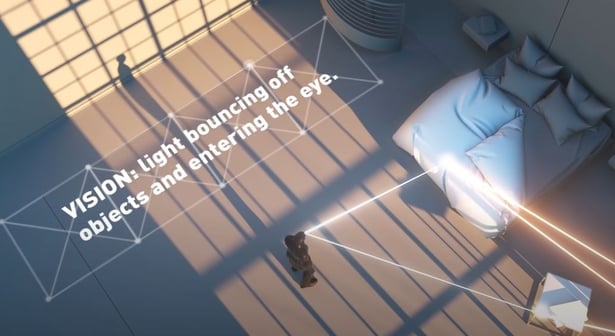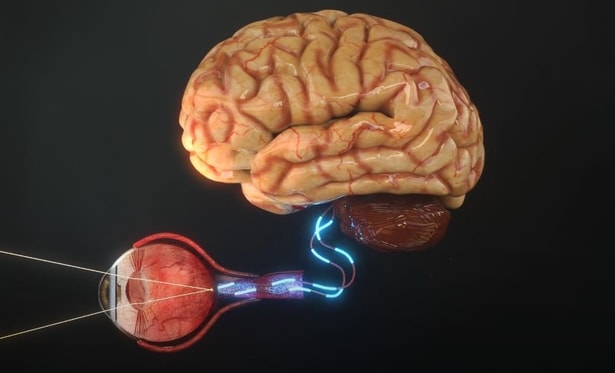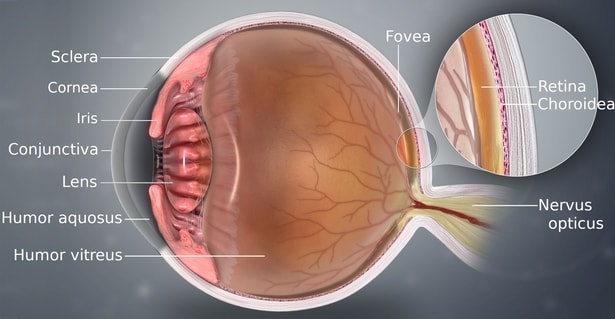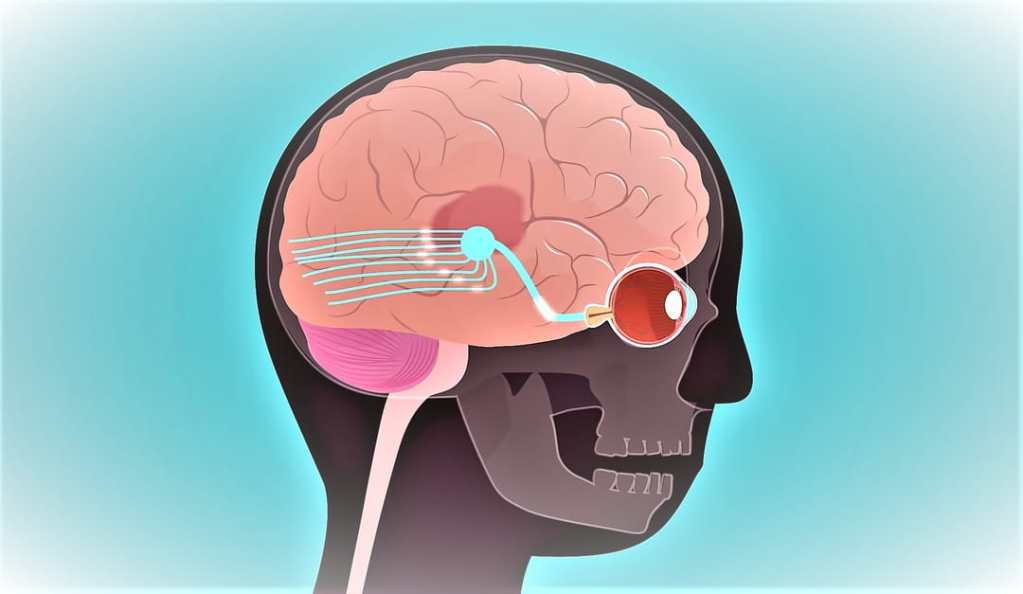The human eye processes a great deal of information about everything around you, sending all these signals to the brain, which in turn allows you to see:
- Shapes
- Colors
- Textures
- Movements
HOW DO WE SEE?

Learn more about the human eye, how light passes through the lens and sends signals, via the optic nerve, to the brain.
- Light is reflected off objects and travels in a straight line to the eye.
- The light passes through the cornea, into the pupil, and through the lens.
- The cornea and lens adjust to the light (refract) so that the retina refocuses.
- Photoreceptors in the retina convert light into electrical impulses.
- The electrical impulses travel through the optic nerve to the brain.
- The brain processes the signals to create an image.
THE FUNCTION OF THE EYES

Your eyes have a crucial function in almost everything you do. Here are some of the main functions of the human eye:
PROTECTION
The eyes are housed in orbits in the skull to be protected from injury. The eyelashes and eyelids keep dust and dirt from entering. For the same reason, the eyebrows have an arched shape to deflect sweat away from the eyes.
TO CRY
Tears – a salty fluid that contains protein, water, mucus, and oil – are released from the lacrimal gland that is located in the upper, outer region of the human eye. Reflex tears protect the eye from irritating elements such as smoke, dust, and wind. Emotional tears, on the other hand, are a response to sadness or joy – there is a theory that “a good cry” can help the body rid itself of toxins and other waste substances.
TO BLINK
Each time you blink, a salty secretion (the basal tears) from the lacrimal gland passes over the entire surface of the eye, keeping the eyeballs hydrated and clean. The muscles of the upper eyelid are responsible for controlling the opening and closing movement that occurs in the human eye.
MOVEMENT
There are six extraocular muscles that control the movement of the human eye. Of these, four stand out, which move the eyeball up, down, left, and right; while the other two adjust the eyes to compensate for head movement.
VISION
The eyes receive light and convert it into electrical impulses that are in turn sent to the brain, which processes these signals to form the images we see.
THE ANATOMY OF THE HUMAN EYE

To understand how your eyes work, it is worth knowing the parts and components of their structure.
COMPONENTS OF THE HUMAN EYE
Below we show the different parts that make up the human eye and a brief explanation of how they allow you to see the world around you.
1. Optic nerve
This is the nerve located at the back of the eye that sends signals from the retina to the brain.
2. Conjunctiva
This is a thin membrane that protects the eye by helping to keep it moist. It lines the inside of the eyelid and the surface of the eyeball.
3. Aqueous humor
This is a transparent liquid found in the space between the iris and the cornea. This ocular component maintains ocular pressure and gives the front of the eye its rounded shape.
4. Vitreous humor
A gelatinous substance that fills the inside of the eye, giving shape and volume.
5. Retina
The inner part of the eyeball contains millions of photoreceptors (sensors that convert light into electrical impulses). These signals are then sent by the optic nerve to the brain, where they are processed to create an image.
6. Pupil
The black hole in the middle of the eye that allows light to pass through.
7. Iris
The colored part of the eye that controls the amount of light passing through the pupil.
8. Crystalline lens
A transparent disk located behind the iris.
9. Sclera
The “white” part of the eye that protects the eyeball and gives it its firm, regular shape.
Related posts:
